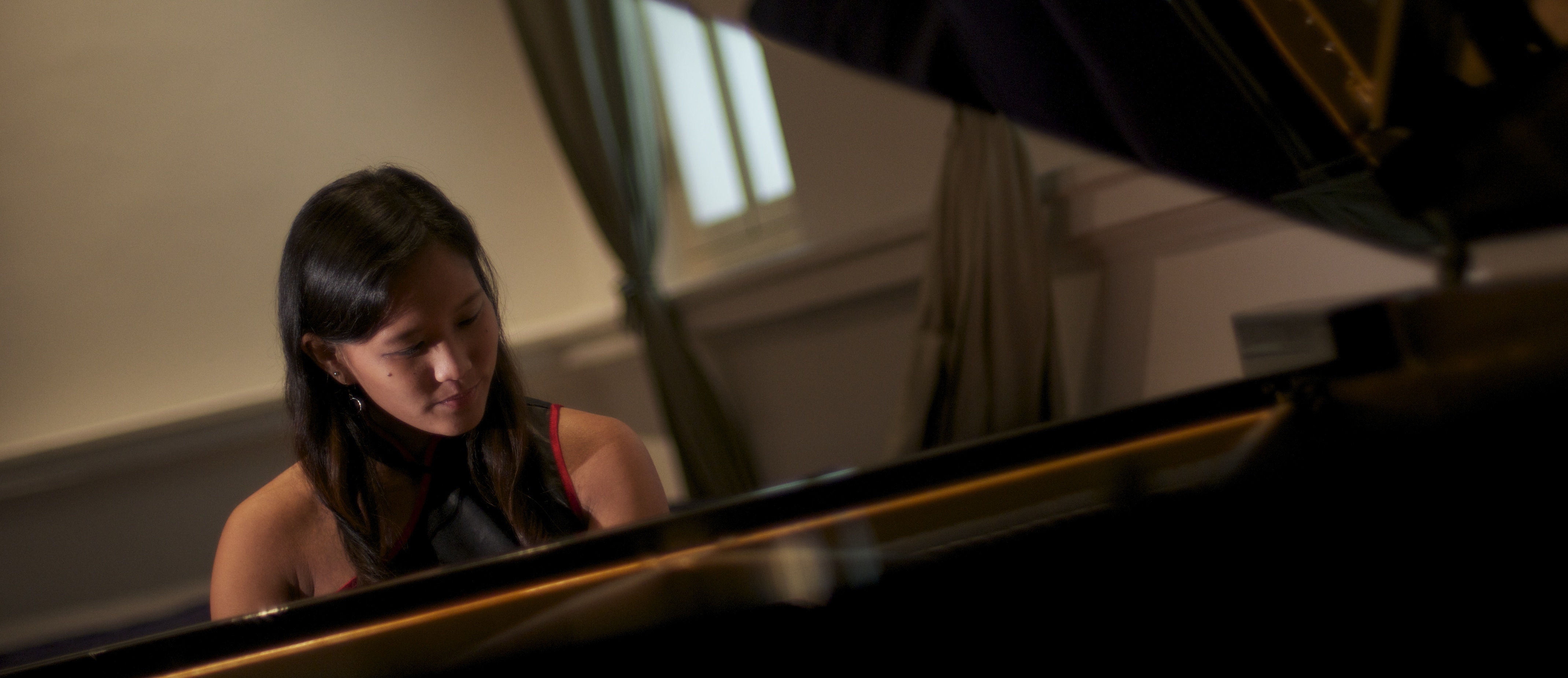So I decided to pick up the second English Suite in a minor by Bach again after putting it down for a little while. My teacher here heard it by me for the first time today in lesson, and oh my goodness it was a complete opposite interpretation of Miss Lim’s!
He saw the prelude as a straight, almost technical movement, and commented that my playing was ‘too feminine and nice’. Shutting the lid of the piano, he asked me to knock on it as if knocking at a door. “Now try playing it that way on the piano”, he said, after I had achieved the knocking texture that he wanted. The result was completely different. Forkel describes Bach’s playing,
“Bach is said to have played with so easy and so small a motion of the fingers that it was hardly perceptible. Only the first joints of the fingers were in motion; the hand retiained, even in the most difficult passages, its rounded form; the fingers rose very little from the keys, hardly more than in a trill, and when one was employed the others remained quietly in position.”
and I felt that way, fingers bent, directly over the keys and arms not moving, as I tried to play it the way my teacher asked!
At places where a few bars were repeated over and over but in higher octaves, I usually started softer and built it up. He however, suggested that because the lowest notes on the harpsichord were the loudest, a terraced decresendo should be done. The passage that followed, he described it as something like “thumb-twiddling music”or as if one got lost and was going round and round, where Bach used a sequence for a few bars before finally settling on a dominant pedal.
The next section saw the use of some ‘exquisite’ harmonies which I tried to bring out, but he put it down as “It’s not Elton John, the major chords were just matter-of-fact in Bach’s time”!
After what happened during the first movement, he asked me to carry on and play the second. I tried as best as I could to not use as much nuance as I usually do, resulting in a (in my opinion) rather straight interpretation of it. I think he sensed it, and after remarking that everything should be played exactly the way I just played, said, “Are you afraid to do anything ‘nice’ to the piece in case I say anything nasty?”
“Very much so,” was my reply, to which he quipped, “Now, THAT’S good teaching, that!” and laughed.
More work on the next 3 movements for the next lesson. Brilliant, not.
